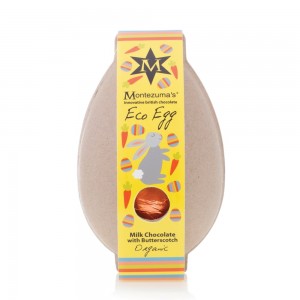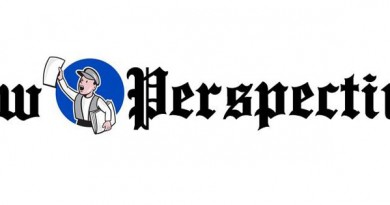Is Easter egg packaging still egg-cessive?
As with many western religious holidays, Easter is extremely commercialised. It’s not long after Christmas that we are bombarded with Easter eggs despite being 4 months apart.
The endless advertisements are no stranger to us and we are easily sucked in by the elaborate designs and great tasting chocolate.
But have you ever opened a giant box preparing to sink your teeth into the equally giant egg, only to discover the box is over 50% packaged air? If yes then we have at least one thing in common.
Easter historically celebrated the resurrection of Christ. Two days after his crucifixion on the cross, Jesus appeared before everyone alive. Since the story of Christ the holiday is now a symbol of new beginnings and new life. In this respect it’s easy to see how the egg became the image of Easter.
Each year more than 80 million chocolate eggs are sold in the UK alone resulting in sales of £250 million on average. The period is clearly a huge success due, in part, to the belief that we have to buy an Easter egg at Easter – it’s tradition.
Of course, with 80 million chocolate eggs being consumed you have to wonder what happens to all the packaging?
According to WRAP, a campaign group against unnecessary waste, there is an estimated 8,000 tonnes of waste from Easter egg packaging in the UK. 4,370 tonnes of which is card and 160 tonnes is foil.
This is still the level of waste despite legislation forcing the reduction of packaging by at least 25% from manufacturing companies.
Although to argue all chocolate companies have not embraced a change would be wrong. In 2012 Nestlé had made its packaging 100% recyclable. In some respects it’s now seen as a competition to have the most environmentally friendly packaging, with Cadbury’s and Green and Black’s following suit.
But there’s still a way to go.

This year, Baileys, Thornton’s and Marks and Spencer are all under fire for producing luxury eggs with plastic packaging that cannot be recycled in most places. So things still aren’t perfect.
It all revolves around marketing. Chocolate eggs are usually bought as gifts so it’s understandable to see why people want to buy the best for a loved one.
On top of this it’s only natural for humans to desire the biggest egg. From wanting the largest empire to the biggest castle – it’s in our nature to have the best.
However, it’s not even the egg that’s big, just the space around it. If we think about it, we are spending extortionate amounts of money for extra air when we can buy the same sized egg for cheaper in a smaller packet.
Montezuma Eco eggs have taken the environmentally-friendly packaging to the next level. With a biodegradable paper outer shell and foil wrapping, they believe they are the most eco-friendly Easter egg around.
So maybe it’s time to seriously think about our future environment not the spur-of-the-moment egg. Only yesterday were MPs complaining about George Osborne’s budget lacking anything to improve our environment for future generations. We need to be aware of what we buy and how it has an effect on the world around us. Only we can force manufacturers to reduce the unnecessary packaging.
But that’s only my opinion. What do you think about Easter egg packaging? Is it too much or do you enjoy giving a loved one an eye-grabbing gift?
(Photo by the Independent)




